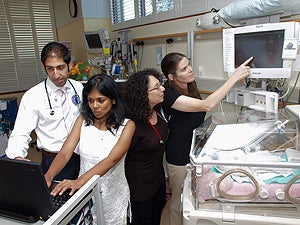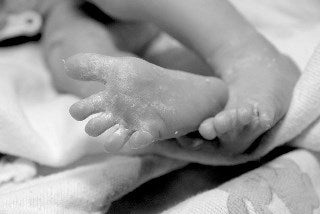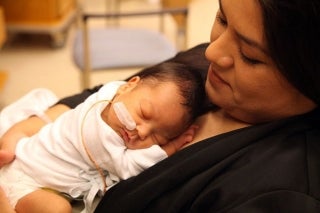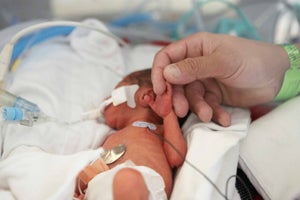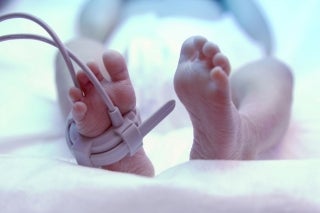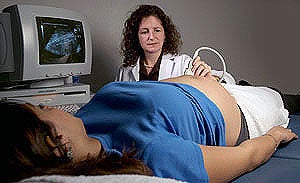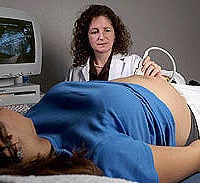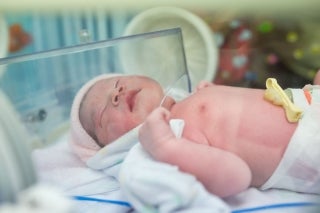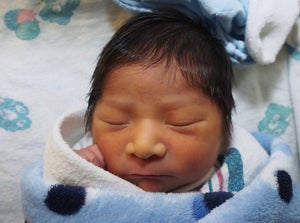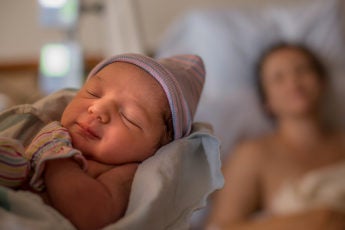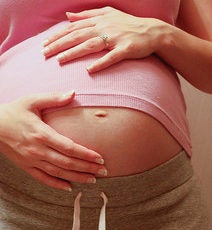Each year, 15 million babies worldwide are born prematurely, arriving at least three weeks before their due dates. Globally, prematurity is the largest cause of death before age 5, and even with excellent medical care, children who survive can have lasting physical, developmental and cognitive challenges.
Doctors don’t know what prompts most premature births. That’s why, over the last decade, Stanford’s top obstetricians, neonatologists, geneticists, microbiologists, immunologists, epidemiologists, health policy experts and bioengineers have been investigating the basic science of preterm birth. They’re explaining how it is triggered and what factors put a pregnancy at risk for ending early. At the same time, our clinicians continue to hone their ability to care for the highest-risk newborns, especially those whose premature arrival comes with complications such as rare genetic or congenital diagnoses. Ultimately, our experts aim to predict and prevent many preterm births, helping more babies arrive safely.
Produced by Sofie Bates








